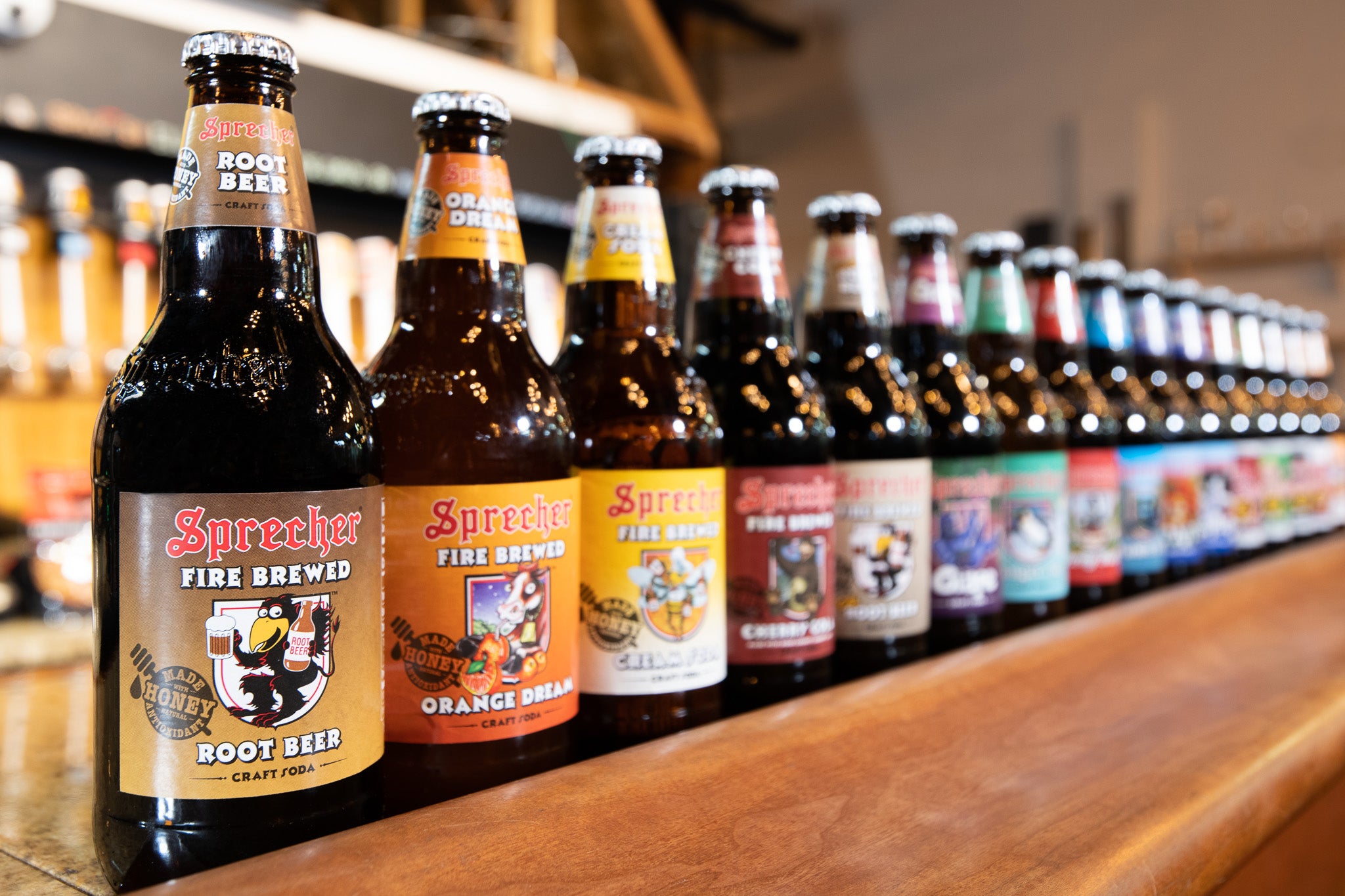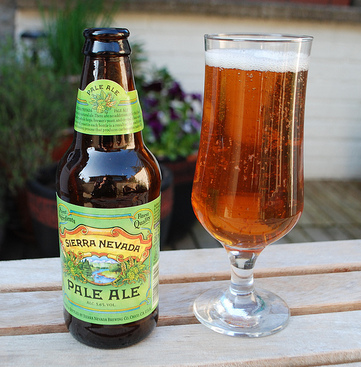Galveston Liquor: The Ultimate Location for State Of Minds and Glass of wines
Galveston Liquor: The Ultimate Location for State Of Minds and Glass of wines
Blog Article
Distillery Dynamics Revealed: a Trip With the Scientific Research and Art of Spirits Manufacturing
As the curtains are attracted back on the detailed world of distillery dynamics, a remarkable realm emerges where science and art merge to develop the spirits we savor. Behind the closed doors of distilleries exist keys waiting to be deciphered, from the thorough chemistry of distillation to the fragile dancing of yeast in fermentation. The marriage of tradition and technology in spirits production reveals a tapestry woven with threads of craftsmanship and technological improvements. Join us on a trip via the heart of distillation, where each drop of spirit tells a story of expertise and passion, guaranteeing a deeper understanding of the alchemy that transforms grains and fruits into the liquid gold we increase in a toast.
The Chemistry of Distillation
The chemistry of distillation, a basic procedure in the manufacturing of spirits, includes the separation of components based on their various boiling factors. This process depends on the concept that each part in a liquid mix has a special boiling point, enabling their individual removal. When warmth is put on the mix, the element with the most affordable boiling point will certainly evaporate first, rising via the still and eventually condensing back into liquid kind. This distilled liquid, referred to as the "heart cut," contains the wanted alcohol material and flavor substances.
During purification, three major fractions are gotten: the "heads," which include volatile substances and greater alcohols that can be unsafe if eaten in large amounts; the "hearts," the treasured part with the desired ethanol and taste profile; and the "tails," which contain heavier substances and fusel alcohols. Knowledgeable distillers need to very carefully keep track of the temperature level and flow prices to divide these fractions properly, guaranteeing a high-quality end product. The chemistry of distillation is a fragile interplay of heat, vaporization, and condensation that changes an easy fluid mixture right into a facility and refined spirit.
Artisanal Craftsmanship in Spirits Making
Among the world of spirits production, artisanal craftsmanship plays a crucial role in raising the quality and character of distilled drinks (Breweries in Galveston Texas). Artisanal craft distillers concentrate on small, hands-on production techniques, usually using standard techniques that have been given through generations. These devoted artisans and females focus on top quality over amount, paying meticulous attention to every step of the distillation process
Artisanal craftsmanship in spirits making includes a deep understanding of the raw materials utilized, such as grains, botanicals, or fruits, and exactly how their attributes affect the end product. From selecting the finest ingredients to thoroughly keeping track of fermentation, aging, and distillation, artisans infuse their spirits with enthusiasm and expertise.
Furthermore, artisanal craft distillers usually accept trial and error and advancement, pressing the boundaries of conventional spirits production. They might present one-of-a-kind taste profiles by incorporating in your area sourced components or utilizing creative aging strategies. This commitment to creativity and quality outcomes in spirits that are not only of extraordinary quality but additionally showcase the virtuosity and uniqueness of the distiller.
Developments in Aging Strategies

One popular innovation obtaining traction is the use of smaller barrels for maturing spirits. By increasing the surface area-to-volume proportion, smaller sized barrels present flavors more swiftly, resulting in a more intense growth process. This strategy is especially preferred among craft distillers looking for to produce top quality spirits in a much shorter timeframe.
Moreover, distillers are increasingly transforming to alternative wood kinds, such find out as cherry or acacia, to pass on distinct flavors to their aged spirits. These unconventional woods offer a distinct taste profile, setting their items apart in a competitive market.
Furthermore, innovations in innovation have actually enabled distillers to check out increased aging techniques, such as ultrasound or temperature level and pressure variations. These methods permit accurate control over the aging procedure, causing innovative flavor accounts that press the borders of conventional spirits manufacturing.

The Function of Yeast in Fermentation
An important component of the fermentation procedure in distilling is the function played by yeast. Yeast, a single-celled microbe, is important in transforming sugars right into alcohol and carbon dioxide during fermentation. In the context of distilling spirits, yeast plays a crucial function in the manufacturing of ethanol, which is the primary alcohol in the majority of liquors.
Yeast achieves this with the procedure of anaerobic respiration, where it metabolizes sugars such as sugar and fructose into ethanol and carbon dioxide. Various strains of yeast can give unique flavors and scents to the last spirit, contributing to the complexity and personality of the distilled item. Distillers carefully choose yeast pressures based on their desired flavor account and fermentation characteristics.
The fermentation procedure can last anywhere from a few days to a few weeks, depending upon variables such as yeast sugar, temperature, and stress material. Tracking and regulating the fermentation procedure are important to Get More Information make certain optimum yeast activity and alcohol production. Overall, yeast is a fundamental player in the alchemical change of raw components right into the perky potions appreciated by customers worldwide.
Lasting Practices in Distilleries
Distilleries are increasingly identifying the significance of adopting green procedures throughout the production procedure. Distilleries require substantial amounts of water for various phases of production, and carrying out water recycling systems or using rain harvesting methods can significantly minimize water usage and decrease the distillery's general ecological footprint.
Furthermore, lasting energy sources are gaining traction in the distilling globe. Numerous distilleries are purchasing renewable resource technologies such as solar panels or biomass boilers to minimize reliance on non-renewable energy sources and lower greenhouse gas exhausts. Furthermore, waste monitoring techniques play a crucial function in lasting distillery operations. Distilleries are checking out cutting-edge ways to repurpose spin-offs such as invested grains or purification residues, turning waste right into sources via methods like animal feed manufacturing or composting. By welcoming sustainable methods, distilleries can not only decrease their ecological impact however additionally allure to environmentally mindful consumers and contribute to a much more lasting future for the sector.
Final Thought
From the chemistry of distillation to the role of yeast in fermentation, distilleries are frequently trying out and introducing to create high-quality spirits. The combination of tradition and innovation in spirits manufacturing highlights the complexity and creative thinking included in this ancient craft.
As the drapes are drawn back on the detailed world of distillery dynamics, an interesting realm arises where science and art merge to create the spirits we appreciate.The chemistry of distillation, a basic process in the manufacturing of spirits, includes the splitting up of elements based on their various boiling points.In addition, artisanal craft distillers typically embrace testing and article development, pressing the limits of traditional spirits manufacturing. In the context of distilling spirits, yeast plays a pivotal function in the manufacturing of ethanol, which is the main alcohol in the majority of alcoholic beverages.
From the chemistry of distillation to the function of yeast in fermentation, distilleries are regularly exploring and innovating to produce top quality spirits.
Report this page